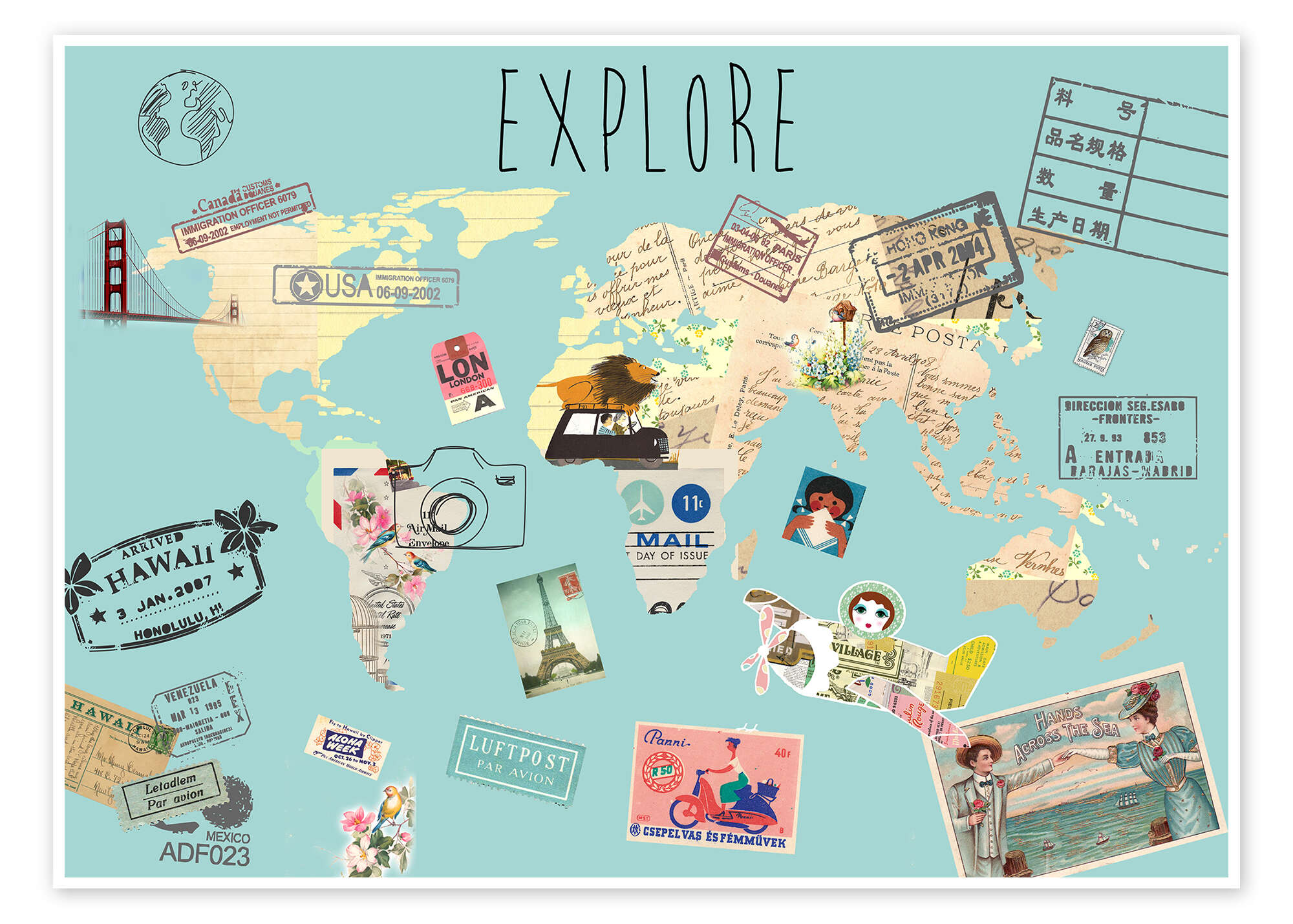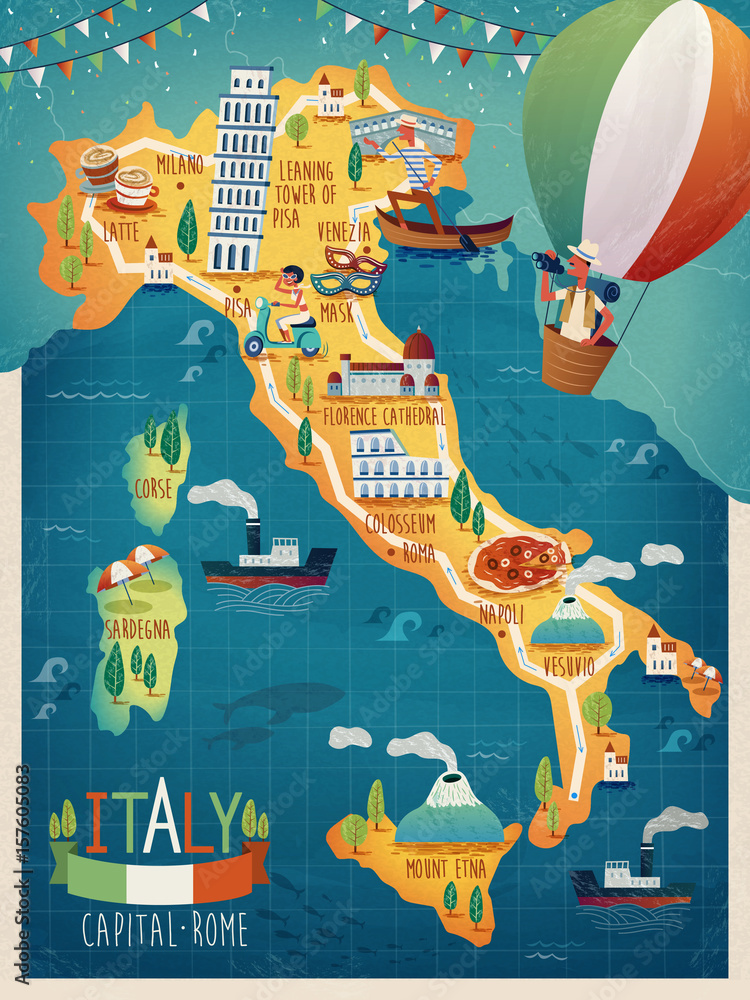The Ultimate Guide to Travel Maps: Your Companion for Every Journey
When it comes to exploring new destinations, having a reliable travel map can make all the difference. Whether you’re planning a road trip, exploring a new city, or traveling abroad, a travel map helps you navigate, plan, and experience your journey with ease. In this guide, we’ll delve into the importance of travel maps, how to use them effectively, and the various types available for every type of traveler.

Why a Travel Map is Essential for Every Traveler
In today’s digital world, many travelers rely on smartphones and GPS for navigation. However, having a travel map in hand still offers several key advantages. Here’s why a travel map is a must-have for your next adventure:
1. Offline Accessibility
Unlike mobile apps that require an internet connection, travel maps can be used offline. This makes them perfect for exploring remote areas or traveling to destinations where Wi-Fi or cellular service may be limited. Whether you’re hiking in the mountains or driving through rural roads, a travel map ensures you never get lost.
2. Better Understanding of the Area
A travel map provides a comprehensive overview of the region, giving you a sense of the terrain, landmarks, and surrounding areas. It helps you plan your route better and choose the most scenic or efficient path to your destination. Maps also highlight points of interest, which you might miss when relying solely on GPS apps.
3. Emergency Backup
While smartphones are incredibly useful, they can run out of battery or fail due to poor signal strength. A travel map serves as a reliable backup, especially in emergency situations. Having a physical map with you ensures you’re always prepared, no matter what the circumstances.
Types of Travel Maps You Should Consider
There are different types of travel maps available, each catering to a specific type of journey. From city maps to topographic maps, understanding which one to choose is crucial for a smooth and successful trip.
1. City Maps
If you’re traveling to an urban destination, a city map is indispensable. These maps provide detailed information on streets, public transport routes, and major landmarks. They are perfect for navigating the hustle and bustle of city life, helping you avoid getting lost in unfamiliar streets.
2. Road Maps
For road trips or driving adventures, a road map is your best friend. Road maps give you an overview of highways, routes, and distances between various points, allowing you to plan your drive efficiently. Many road maps also include points of interest along the route, such as rest stops, gas stations, and popular attractions.
3. Topographic Maps
If you’re venturing into the great outdoors, a topographic map is essential. These maps show the elevation and contour of the land, helping you navigate through mountains, valleys, and other natural features. They also highlight trails, campsites, and other outdoor amenities, making them perfect for hiking and camping trips.
4. Country or World Maps
For longer trips, especially when planning to explore multiple regions or countries, a country or world map can give you a broad perspective. These maps offer a larger view of continents, countries, and their major cities, helping you visualize your entire journey.
5. Specialized Maps
For specific activities, there are specialized maps designed for things like cycling, skiing, and even bird watching. These maps provide niche details, such as bike trails or ski slopes, to enhance your experience in that particular activity.

How to Use a Travel Map Effectively
Knowing how to use a travel map properly is key to maximizing its usefulness. Here are a few tips to help you navigate with confidence:
1. Read the Legend and Scale
Before you start navigating, familiarize yourself with the map’s legend and scale. The legend explains the symbols used on the map, while the scale helps you estimate distances. This is especially useful when you’re planning your route and need to know how far apart destinations are.
2. Plan Your Route
Use your travel map to plan your journey ahead of time. Mark your starting point, destinations, and possible detours along the way. If you’re using a road map, take note of alternate routes in case of traffic or road closures.
3. Track Your Progress
As you travel, keep an eye on your current location on the map. If you’re using a city map or topographic map, this will help you stay on track and make informed decisions about where to go next.
4. Practice Reading Coordinates
For outdoor adventures, it’s useful to practice reading coordinates and grid references on topographic maps. Knowing your exact location will allow you to navigate more accurately, especially in remote areas where there are no obvious landmarks.
Where to Find the Best Travel Maps
With so many travel maps available, it can be challenging to choose the right one. Here are some places where you can find high-quality maps:
- Online Travel Resources: Websites like National Geographic and AAA offer printable and digital maps for a variety of destinations.
- Bookstores: Local bookstores often carry maps for specific regions, including city maps, road maps, and even travel guides with maps included.
- Outdoor Retailers: Stores like REI and Cabela’s offer topographic maps and hiking guides for outdoor enthusiasts.
- Travel Agencies: Many travel agencies provide travel maps as part of their services, especially for guided tours or organized trips.
Benefits of Using a Travel Map Over GPS
While GPS technology has become an essential tool for modern travelers, there are still many benefits to using a travel map instead. Let’s explore a few:
1. No Battery Drain
Unlike smartphones, which rely on battery power, a travel map doesn’t need to be charged. You can use it all day without worrying about your device running out of power. This is particularly important when you’re on long journeys or hiking in remote areas.
2. Better Perspective
A travel map gives you a broader view of your destination. Unlike a GPS, which usually zooms in on your immediate surroundings, a physical map lets you see the bigger picture. This can be incredibly helpful when you’re planning your trip or trying to find alternate routes.
3. No Signal Worries
Maps don’t rely on a cellular network or Wi-Fi to function. In areas with poor signal strength, such as rural regions, mountains, or remote destinations, a travel map remains your most reliable guide.
4. Improved Memory of Your Journey
Using a travel map encourages you to engage more actively with your surroundings. This can lead to a better understanding and appreciation of your journey, as opposed to following a digital screen without much interaction with the environment.

FAQs About Travel Maps
1. Can I use my smartphone as a map replacement?
Yes, smartphones can serve as an alternative, but they rely on battery life and network coverage. A travel map is a better option for areas where digital access is limited.
2. Are there apps that work offline like a traditional map?
Yes, apps like Google Maps and Maps.me allow you to download maps for offline use, but these still require your phone’s battery and may not offer the same level of detail as physical maps.
3. Can I use a travel map for planning outdoor activities?
Yes! Topographic maps are especially useful for outdoor adventures, as they provide details on elevation, trails, and natural features.
4. Are travel maps customizable?
Some online platforms and bookstores offer custom maps, where you can select specific areas or routes. These maps can be personalized to suit your exact travel needs.
Conclusion: Navigating Your Journey with Travel Maps
Whether you’re embarking on a local adventure or exploring distant lands, a travel map is an invaluable tool for any traveler. It provides offline accessibility, helps you understand your surroundings, and serves as an emergency backup in case technology fails. By choosing the right map for your needs, you’ll be able to navigate with confidence and enjoy every step of your journey.
So, next time you’re packing for a trip, don’t forget to include a travel map. It could be the key to discovering new paths and making your travel experience more enjoyable.
